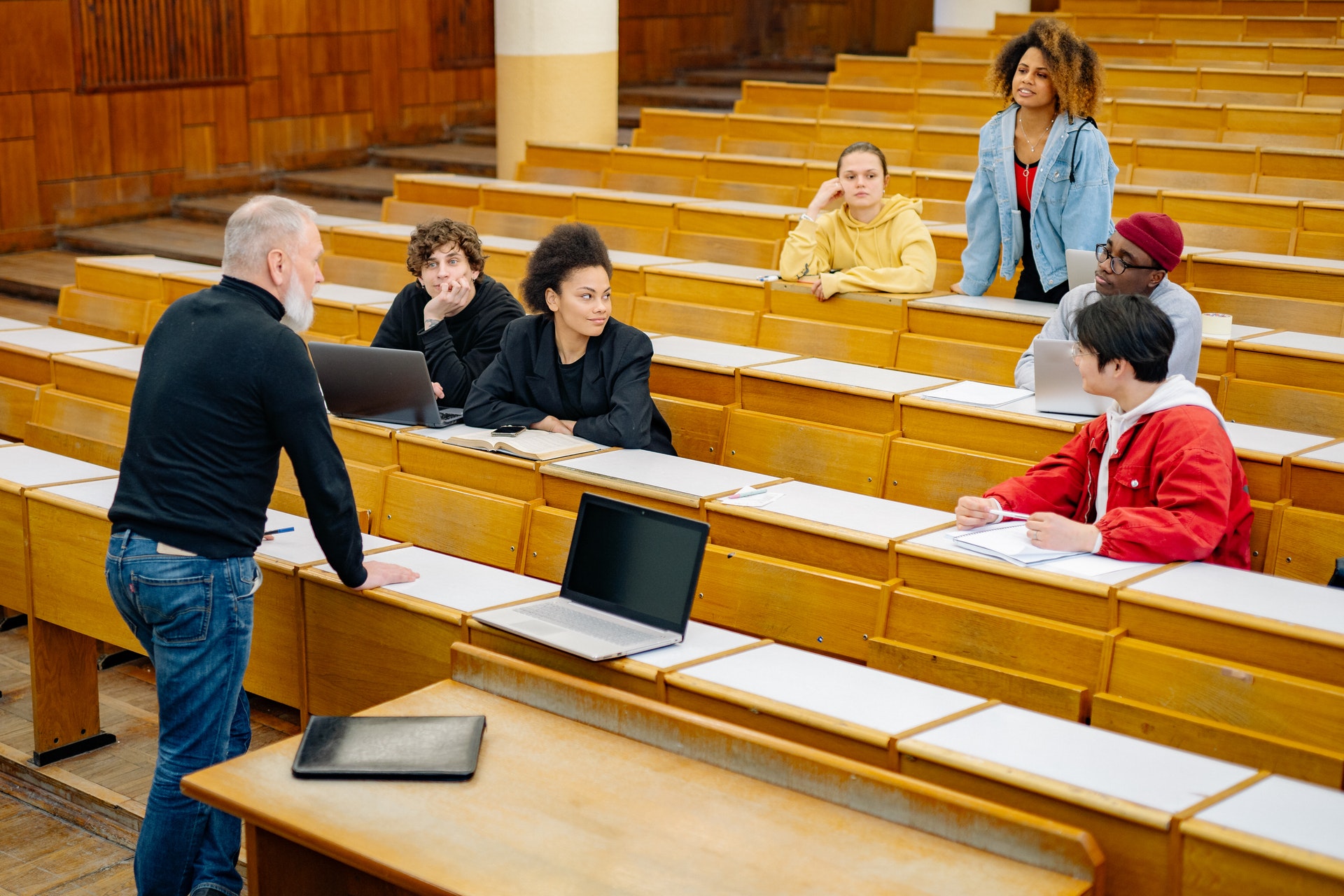
Stanford University has announced the creation of a new $100 million energy research centre that will bolster its current $30 million a year research programme in the area.
“Addressing the challenge of energy will require research on a wide range of issues, from energy efficiency to development and deployment of renewable resources, to reducing the effect of fossil fuels,” said Stanford’s president John Hennessy.
The Precourt Institute for Energy, which brings together the recently founded Precourt Institute for Energy Efficiency and the university’s Global Climate and Energy Project (GCEP), will be headed by professor of petroleum engineering Lynn Orr.
“The new center will allow us to expand significantly our effort to develop new nanostructured materials for solar energy and energy storage and to work on the host of social, market and policy issues involved in the needed transition to energy systems with significant fractions of renewables,” he explained.
The Precourt Institute for Energy Efficiency brings expertise in buildings, transport, the electricity grid and human behaviour, while GCEP’s research covers biomass energy conversion, advanced batteries, fuel cells and carbon capture and storage.
The new research centre will share the energy efficient Jerry Yang and Akiko Yamazaki Environment and Energy Building (known as Y2E2) with the university’s Woods Institute for the Environment.
“[The building] uses about half the energy of a typical Stanford lab building and 90% less water,” said Orr.
The $100 million donation from alumni Jay Precourt, Thomas Steyer, Kat Taylor and others, will enable the hire of additional faculty and bring in more students.
Meanwhile, the University of California, Davis has received a $2.5 million endowment for a chair in energy efficiency from oil company Chevron.
The new chair will head the Energy Efficiency Center (EEC), which is focused on developing and commercialising energy efficiency in buildings, transport and agriculture.
“By bridging long-term research with real-world applications, the director will guide the center in its goal of commercialising groundbreaking technologies, powering economic progress and helping to conserve resources,” said Larry Vanderhoef, the university’s chancellor.
The position will be particularly focused on developing links with state and federal government, as well as international efforts.
